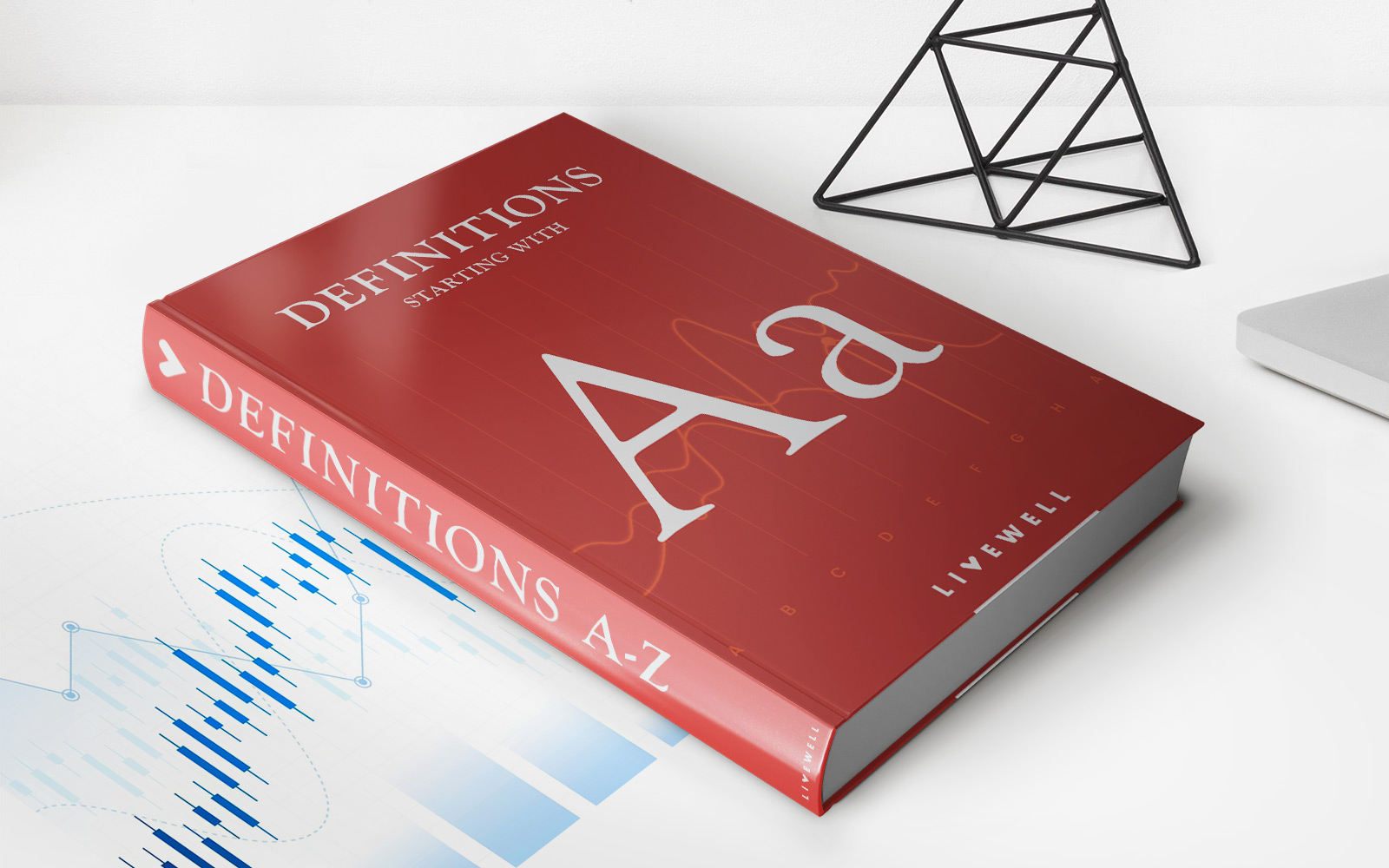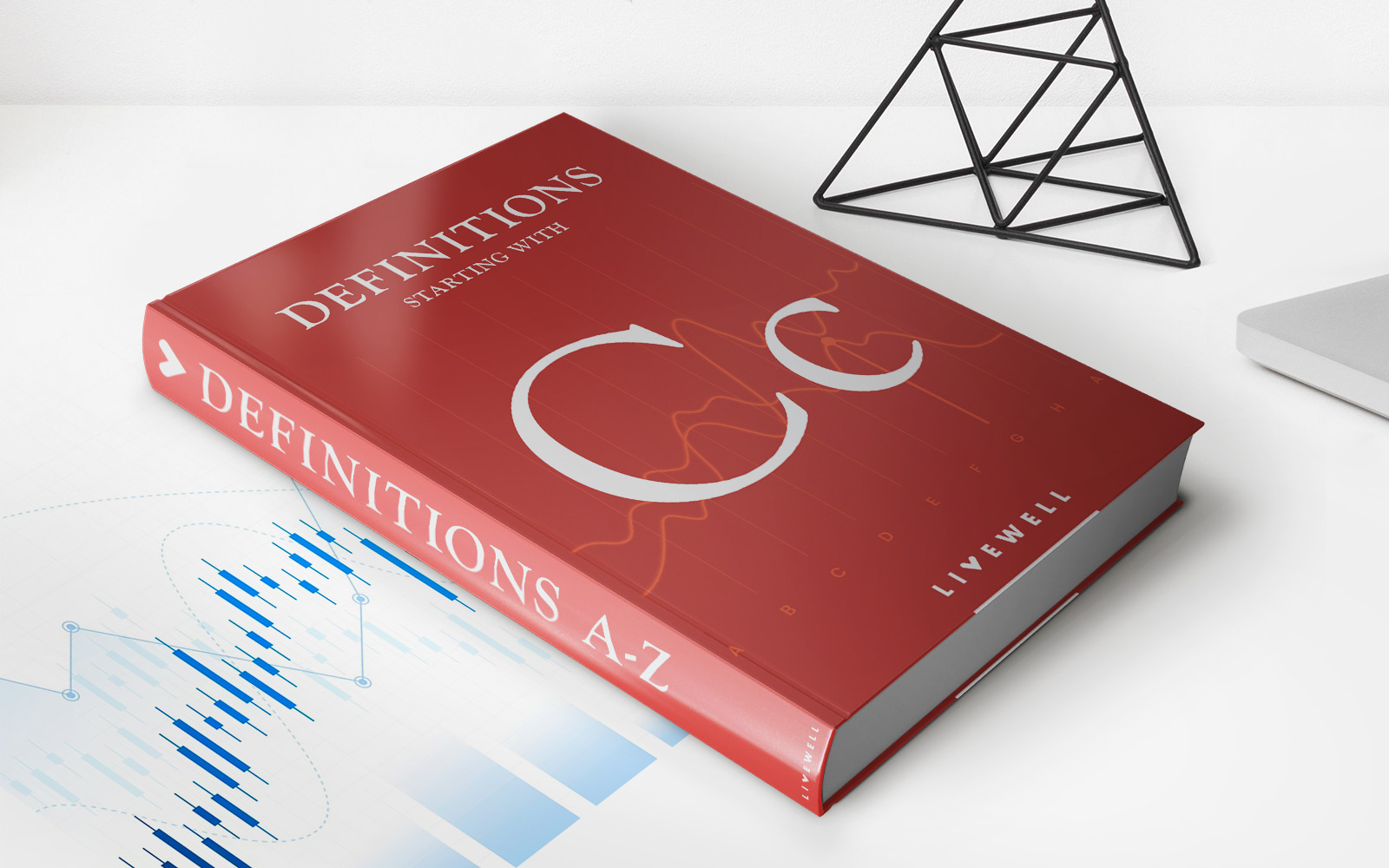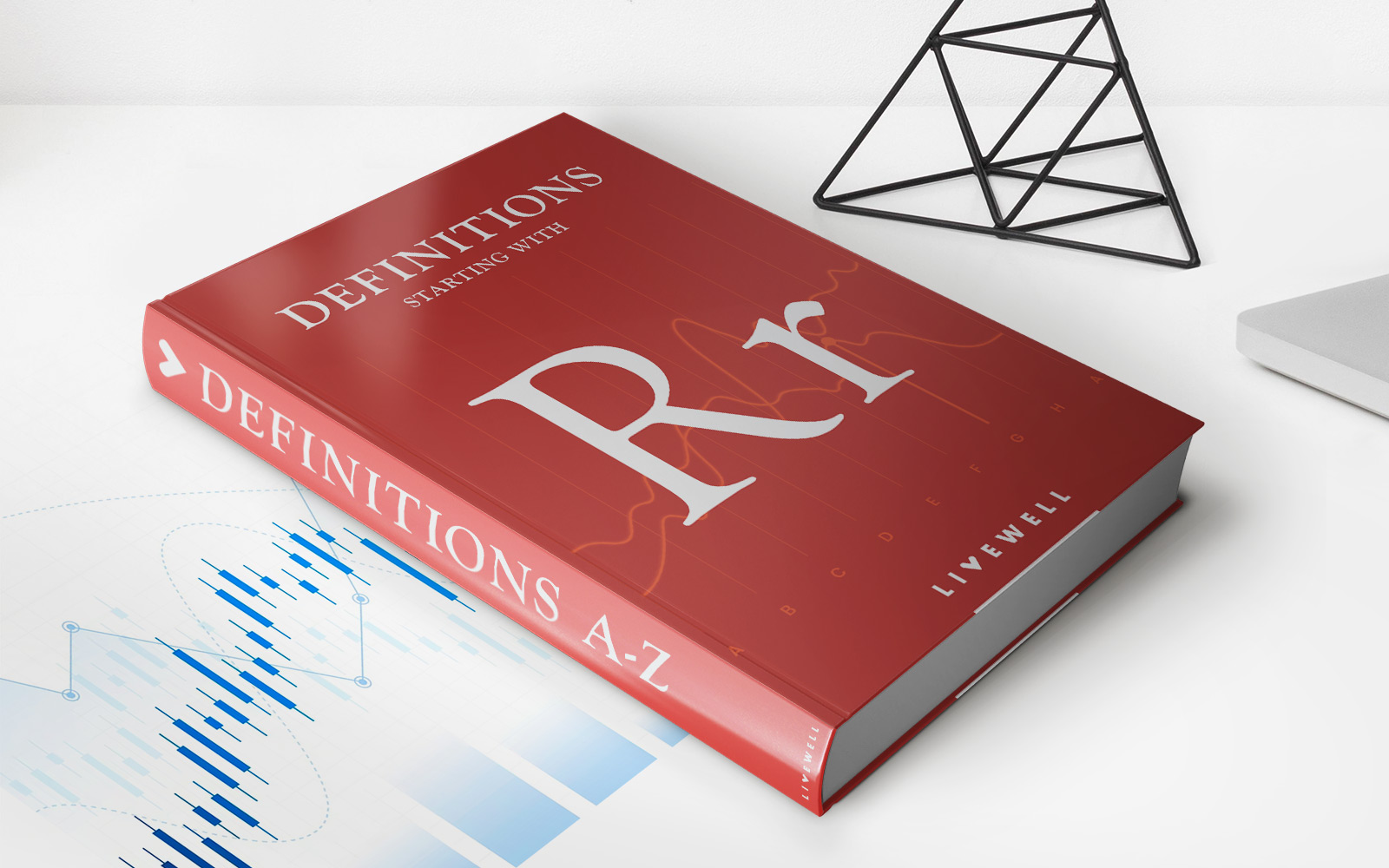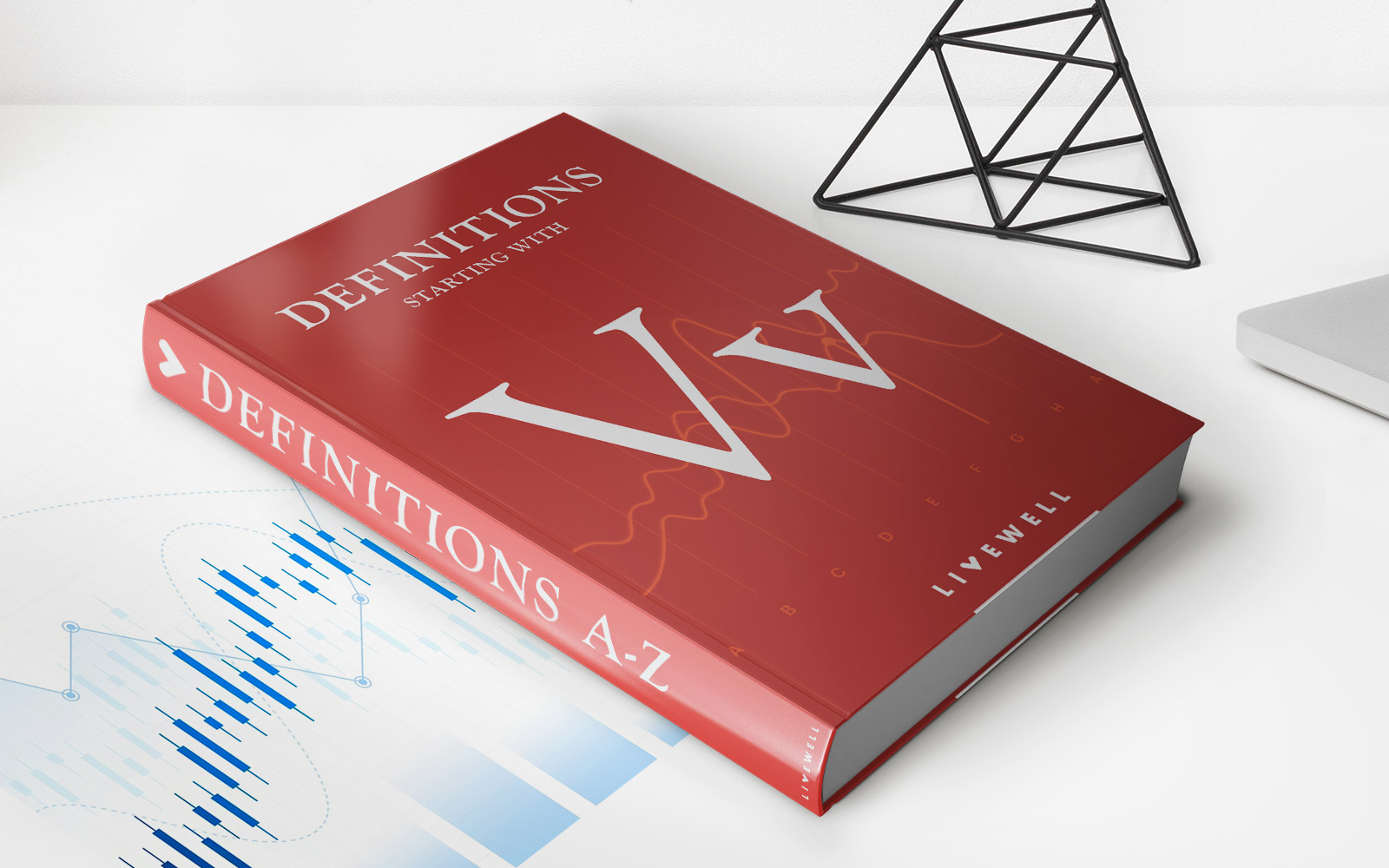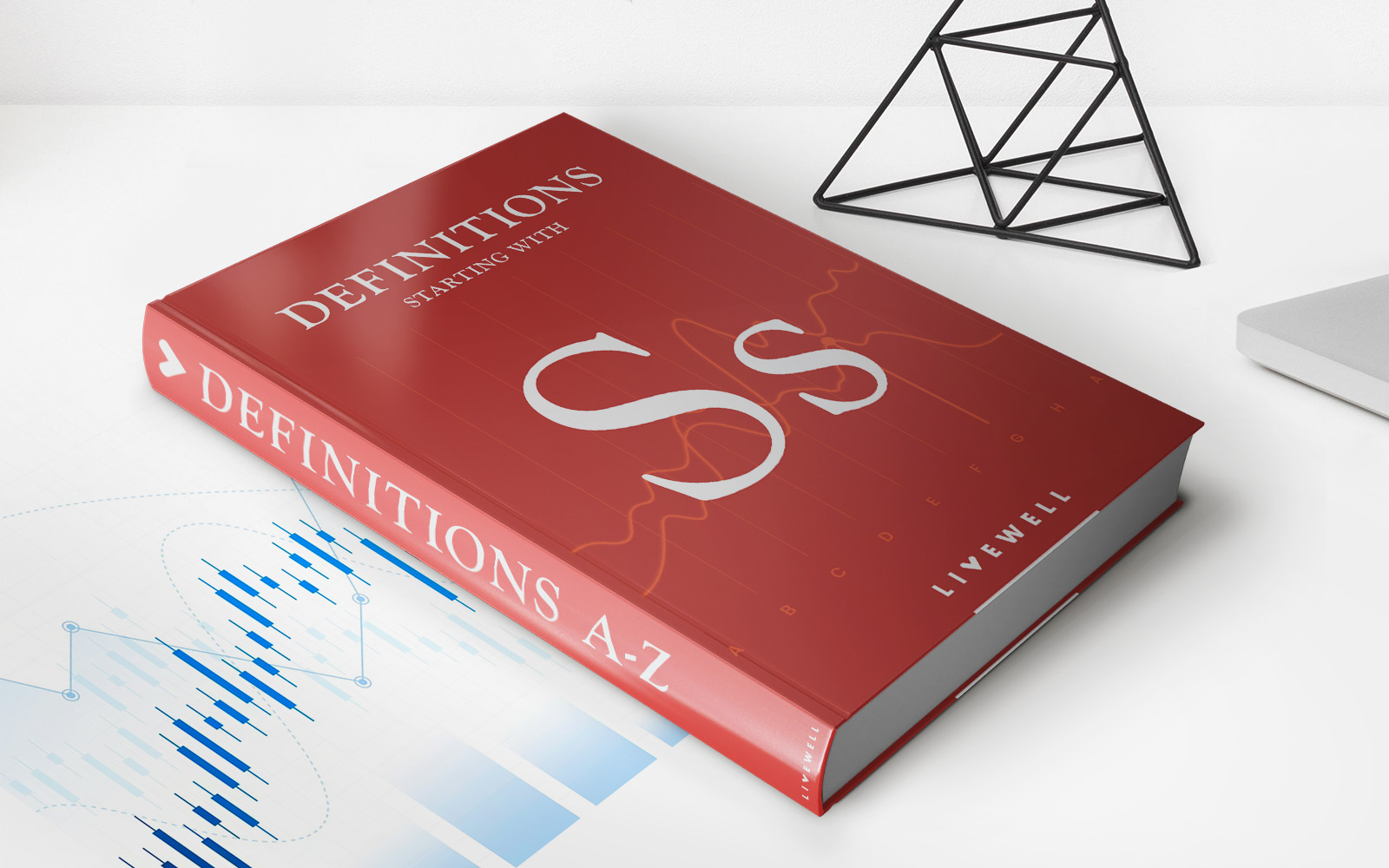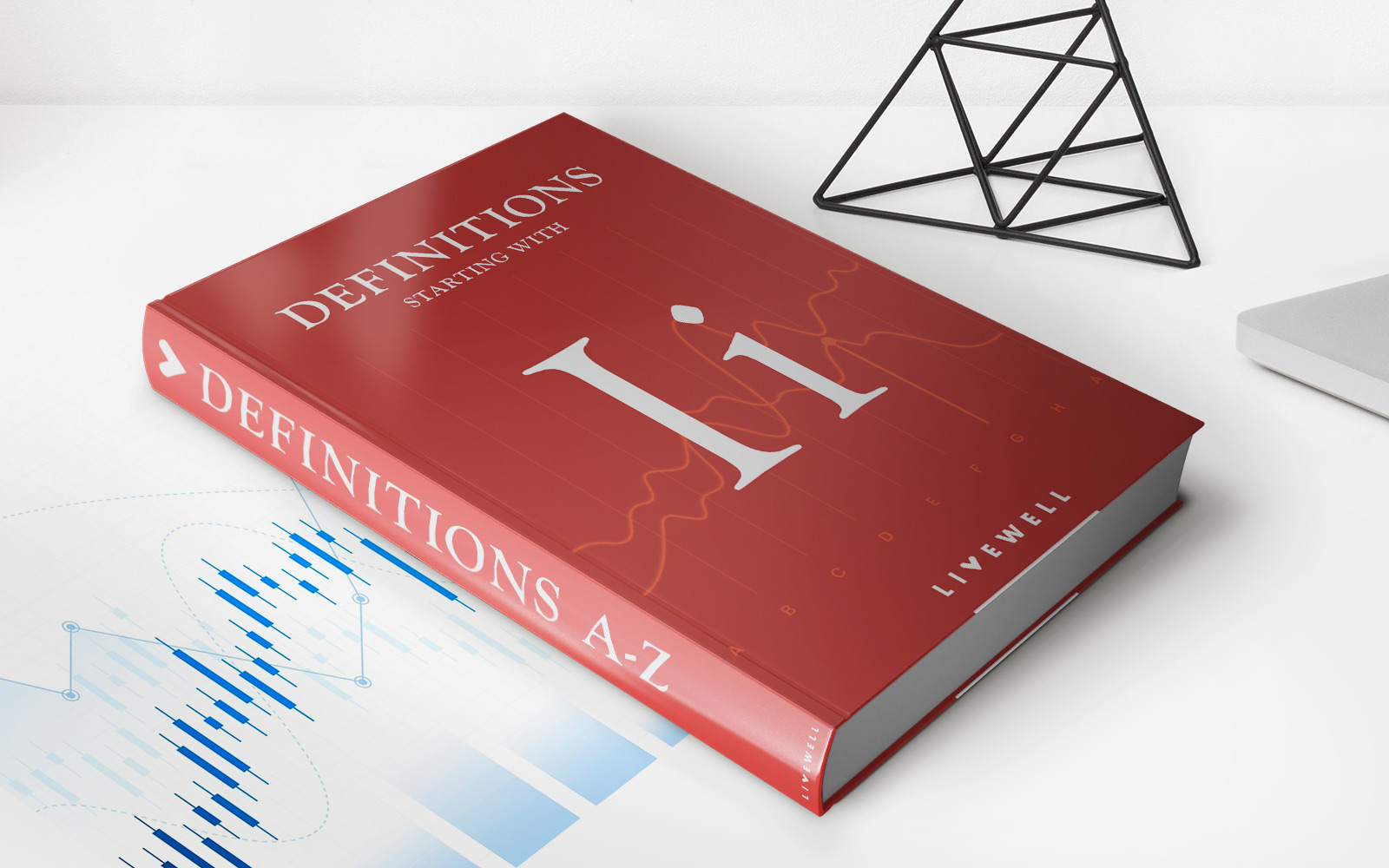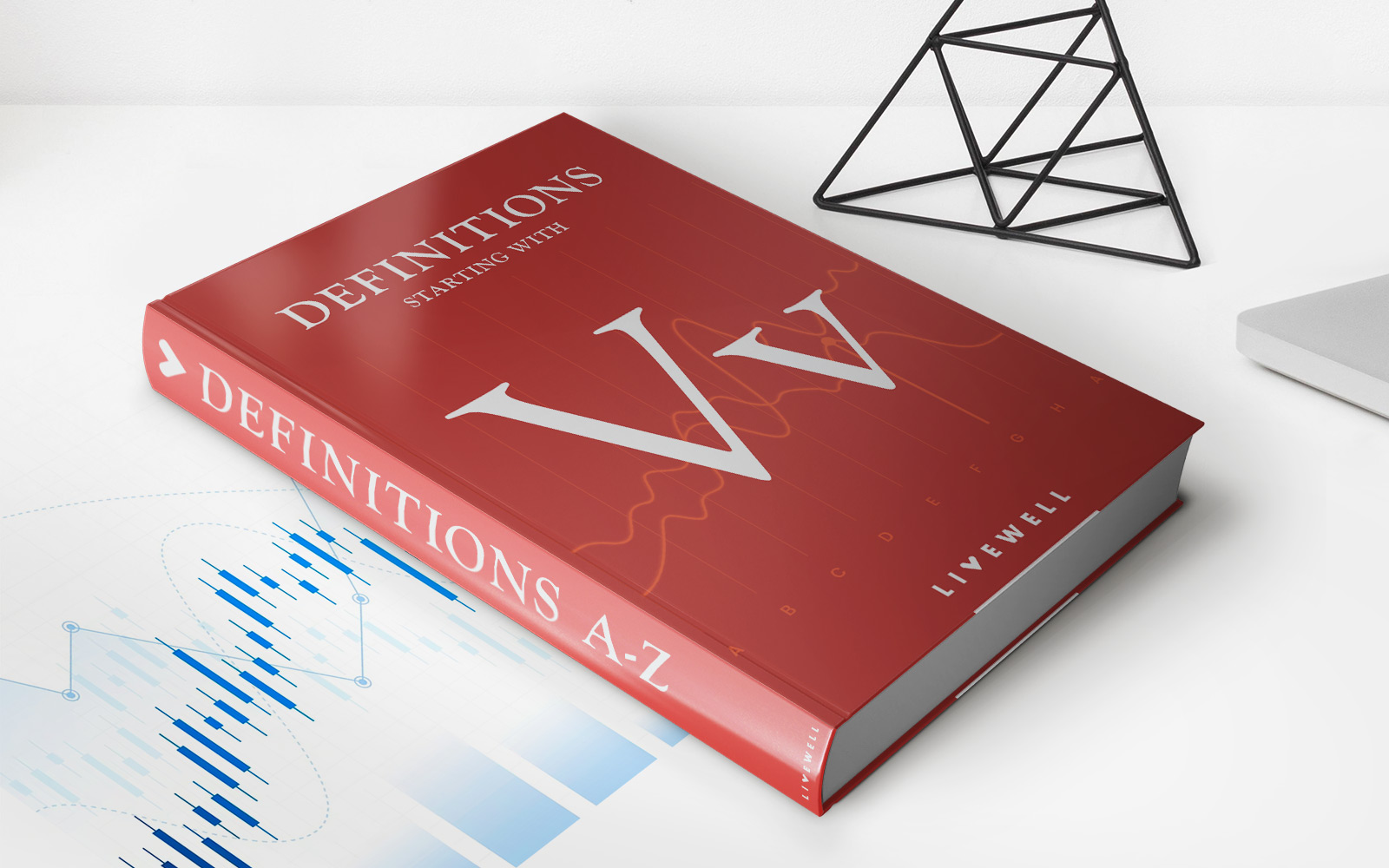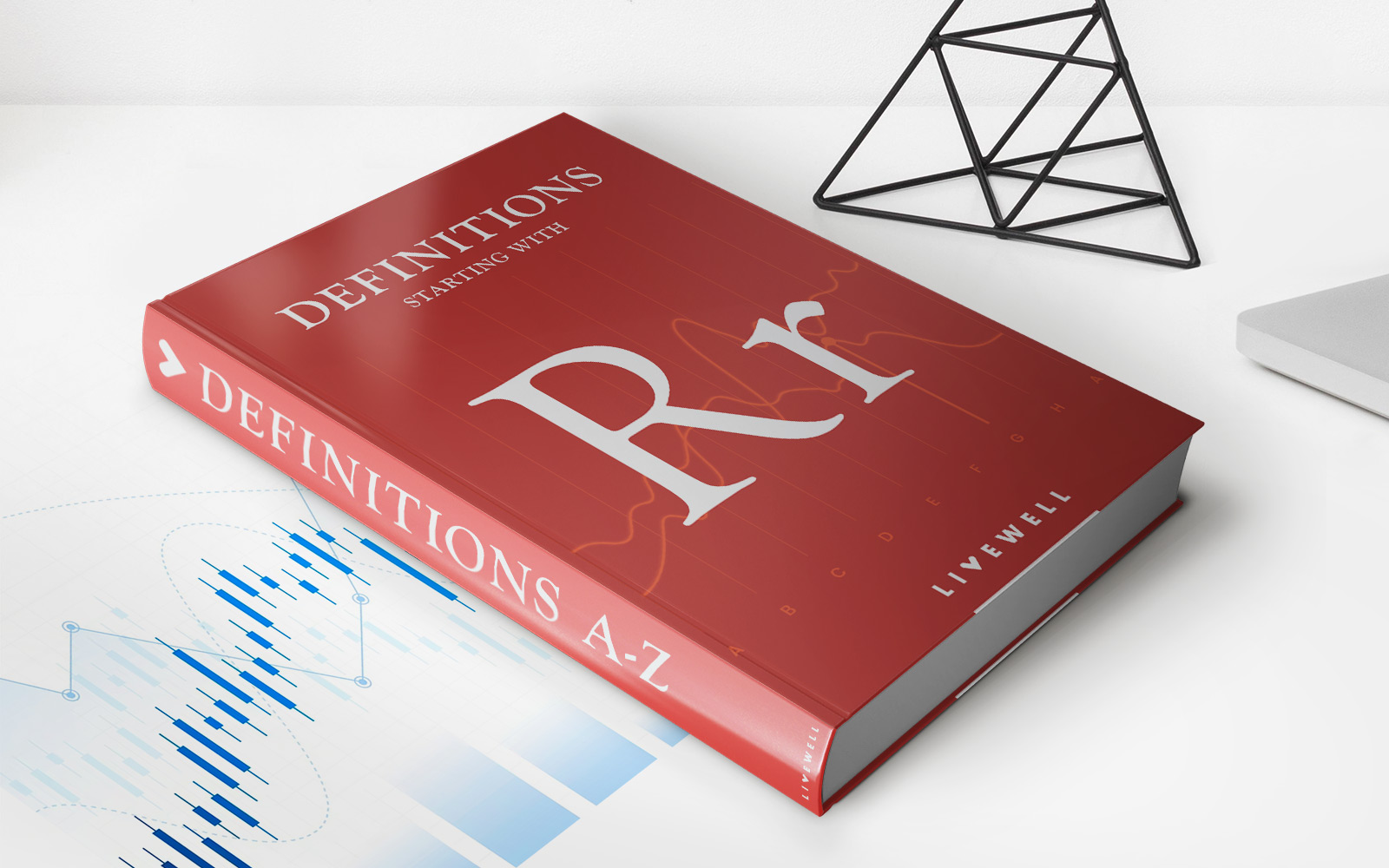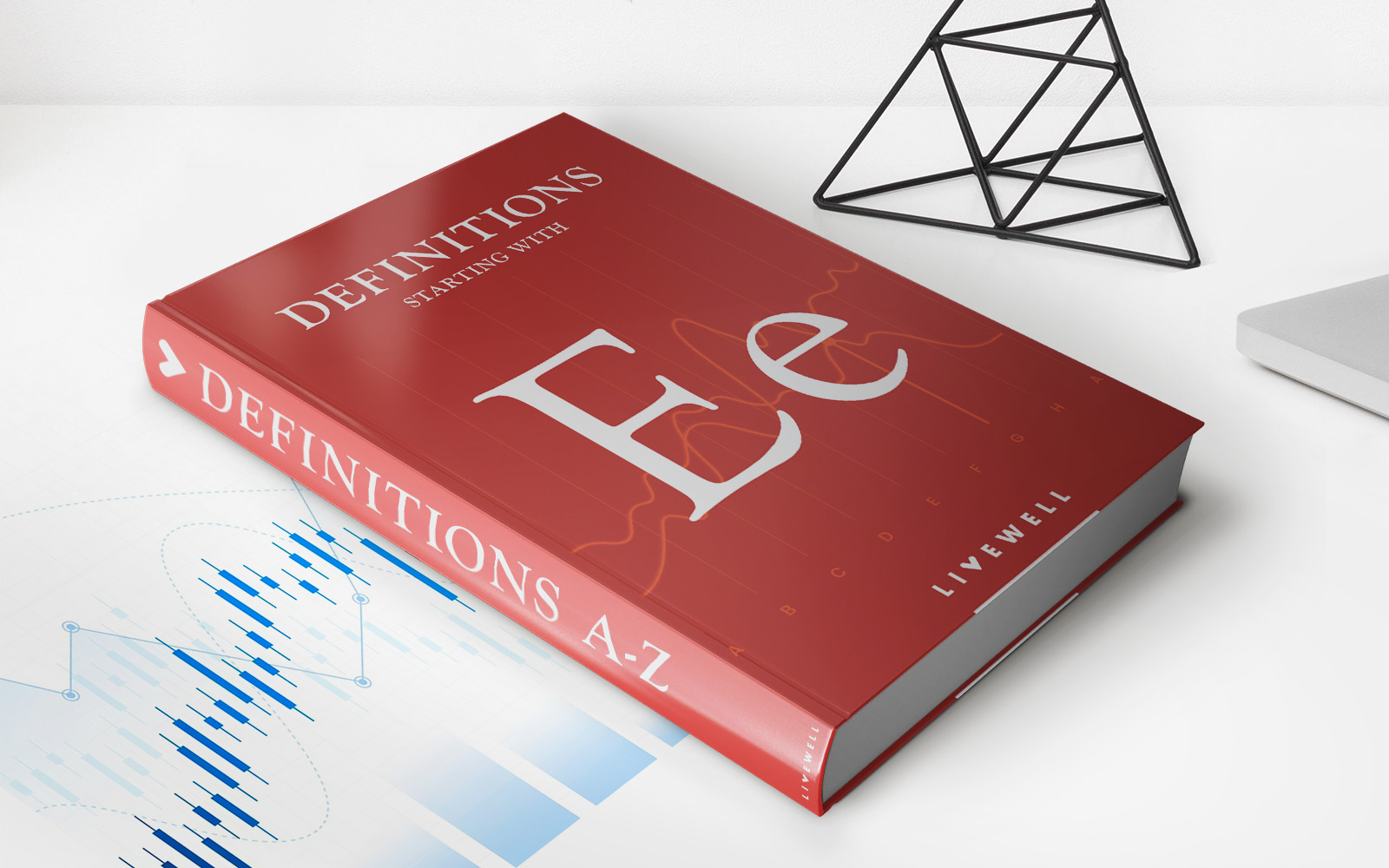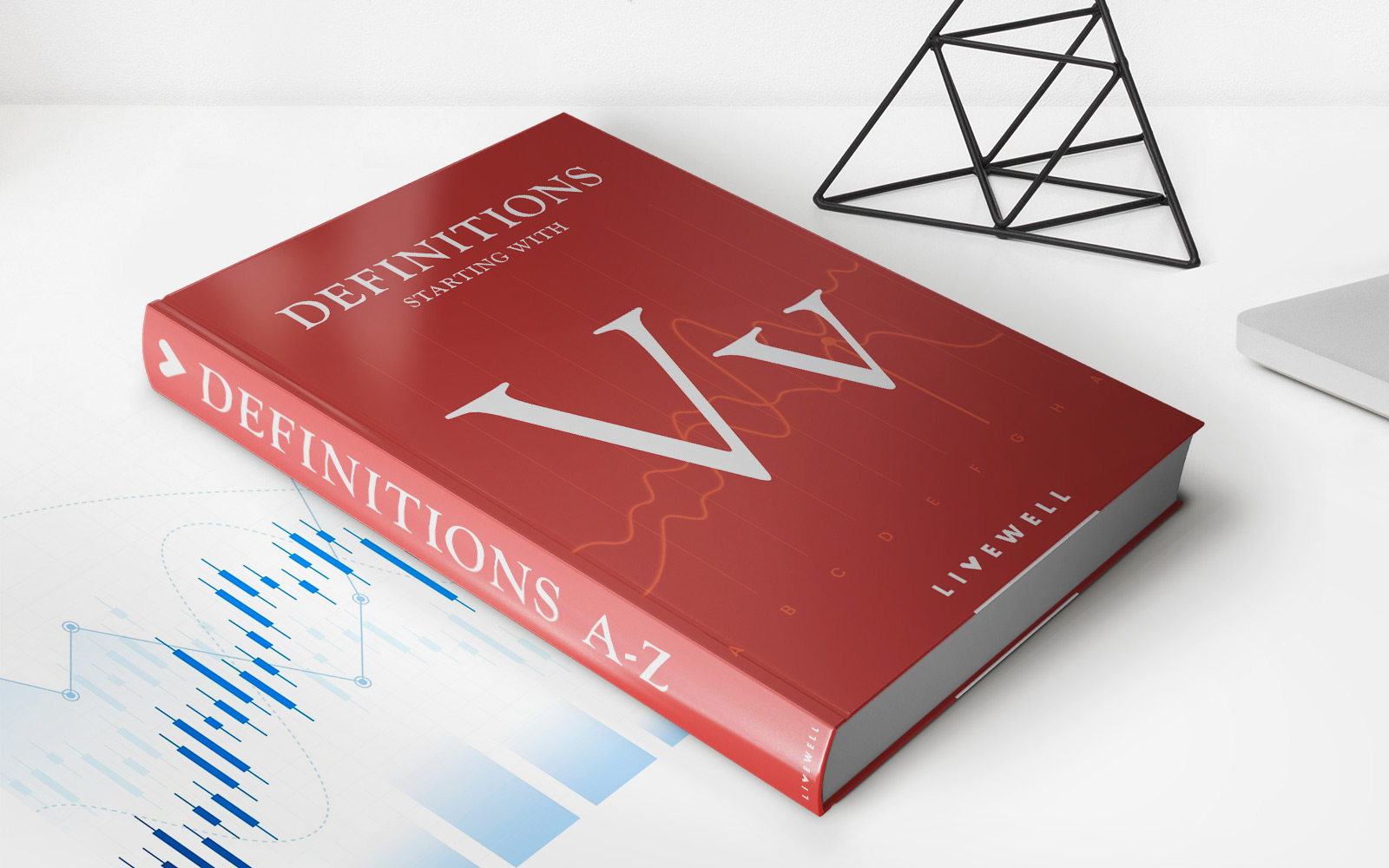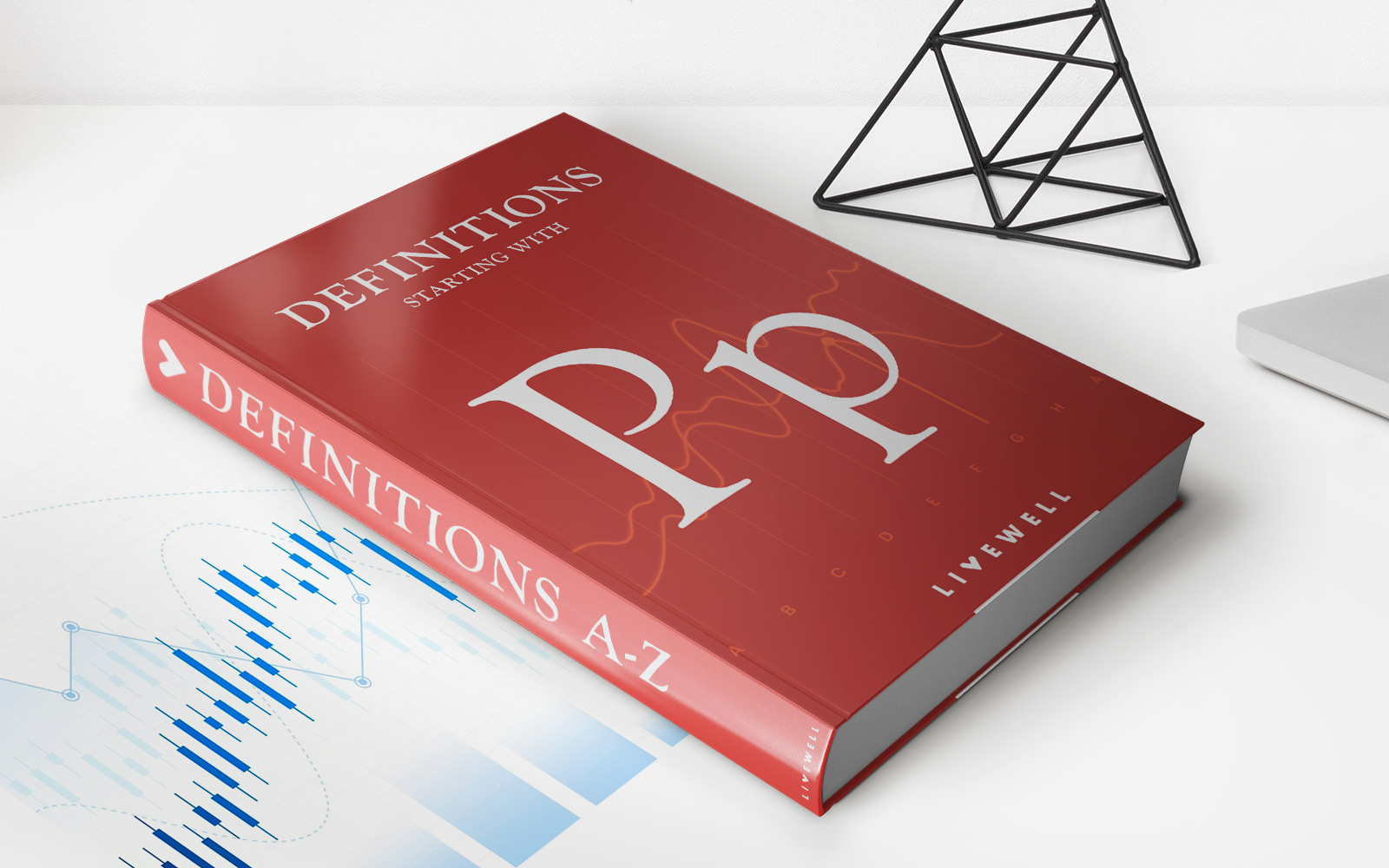Home>Finance>Specific Identification Inventory Valuation Method Definition
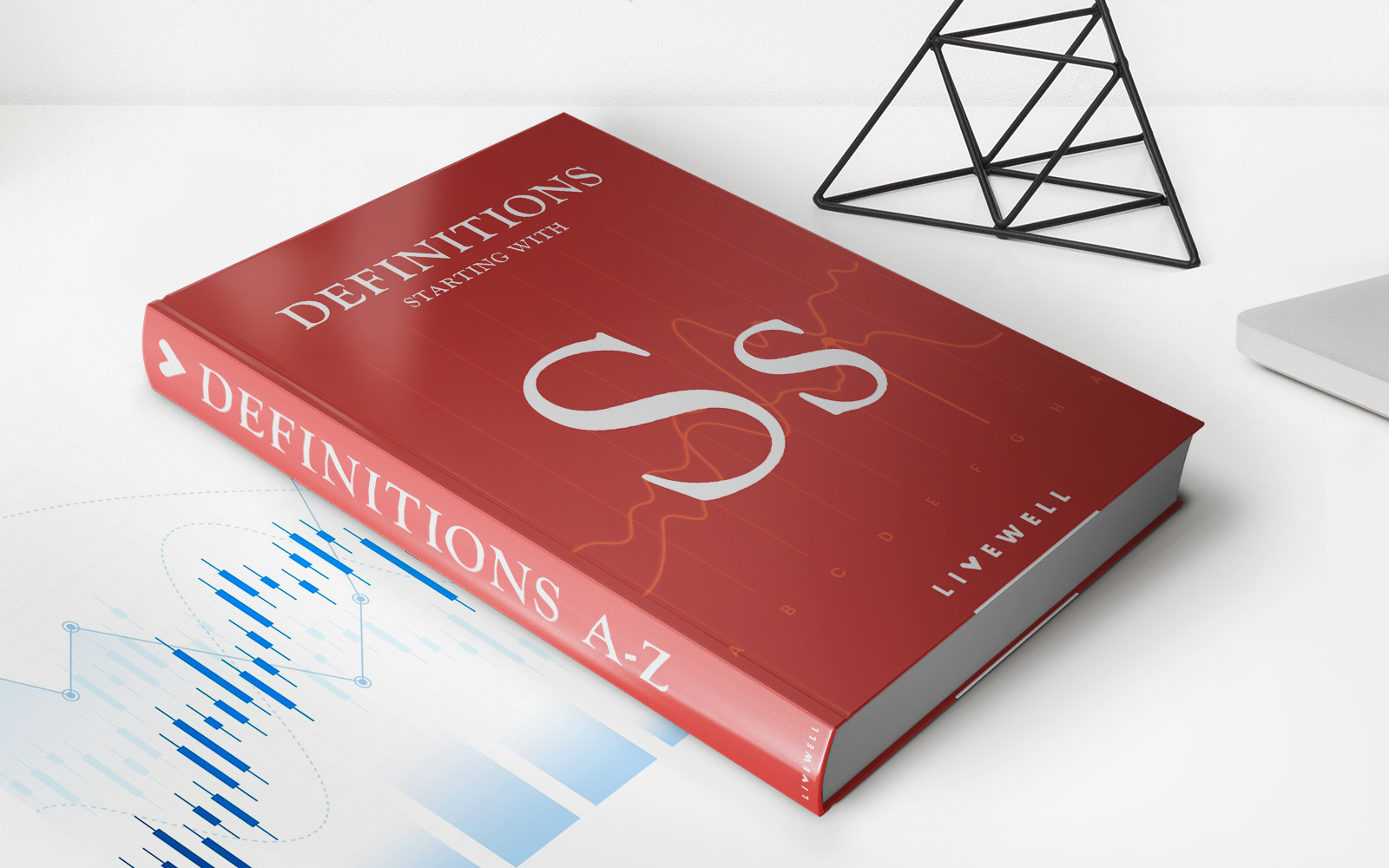

Finance
Specific Identification Inventory Valuation Method Definition
Published: January 31, 2024
Learn the definition of Specific Identification Inventory Valuation Method in finance. Enhance your knowledge of inventory valuation techniques with this informative guide.
(Many of the links in this article redirect to a specific reviewed product. Your purchase of these products through affiliate links helps to generate commission for LiveWell, at no extra cost. Learn more)
Demystifying the Specific Identification Inventory Valuation Method
In the world of finance, there are several methods used to calculate inventory valuation for businesses. One such method is the Specific Identification Inventory Valuation Method. This method provides a detailed and accurate way to value inventory items individually based on their actual cost. By understanding how this method works, businesses can make informed decisions regarding their inventory management and financial reporting.
Key Takeaways:
- The Specific Identification Inventory Valuation Method assigns a specific cost to each inventory item based on its unique identification number.
- This method is most commonly used for businesses with high-value or customized inventory items.
What is the Specific Identification Inventory Valuation Method?
The Specific Identification Inventory Valuation Method is a technique used by businesses to assign a specific cost to each individual inventory item. Rather than using average cost or other general methods, this method tracks and values each item separately based on its unique identification number.
This method is commonly used by businesses that deal with high-value or customized inventory items, such as luxury goods, jewelry, or collectibles. It provides a more accurate representation of the actual cost of inventory, as each item’s individual cost is considered.
How does it work?
The Specific Identification Inventory Valuation Method works by assigning a specific cost to each inventory item based on its unique identification number or other distinguishing characteristic. Here’s a step-by-step breakdown of how it works:
- Assign a unique identification number or characteristic to each inventory item.
- Record the cost of each item separately, considering factors such as purchase price, transportation costs, and any additional expenses related to acquiring the item.
- Monitor the movement of inventory and identify which specific items are sold or used in production.
- Calculate the cost of goods sold (COGS) by multiplying the number of units sold or used by the specific cost of each item.
- Update the inventory balance by subtracting the sold or used items from the total inventory quantity, along with their specific costs.
Benefits of the Specific Identification Inventory Valuation Method
The Specific Identification Inventory Valuation Method offers several benefits for businesses:
- Accuracy: This method provides the most accurate representation of inventory valuation, especially for businesses with unique or high-value items. It takes into account the specific cost of each item, rather than relying on average or generalized cost calculations.
- Profitability Analysis: By accurately tracking the cost of each item sold, businesses can analyze their profitability at a granular level. This allows for better decision-making regarding pricing strategies, promotions, and inventory management.
- Compliance: Some industries, such as jewelry or art, require businesses to use the Specific Identification Inventory Valuation Method to fulfill regulatory reporting requirements.
Conclusion
The Specific Identification Inventory Valuation Method is a powerful tool that allows businesses to accurately value their inventory items. By assigning a specific cost to each item based on its unique identification number, businesses gain a detailed understanding of their inventory’s worth and can make informed financial decisions.
While this method may be most suitable for businesses dealing with high-value or customized inventory items, understanding its principles can benefit all businesses in their overall inventory management strategies.
